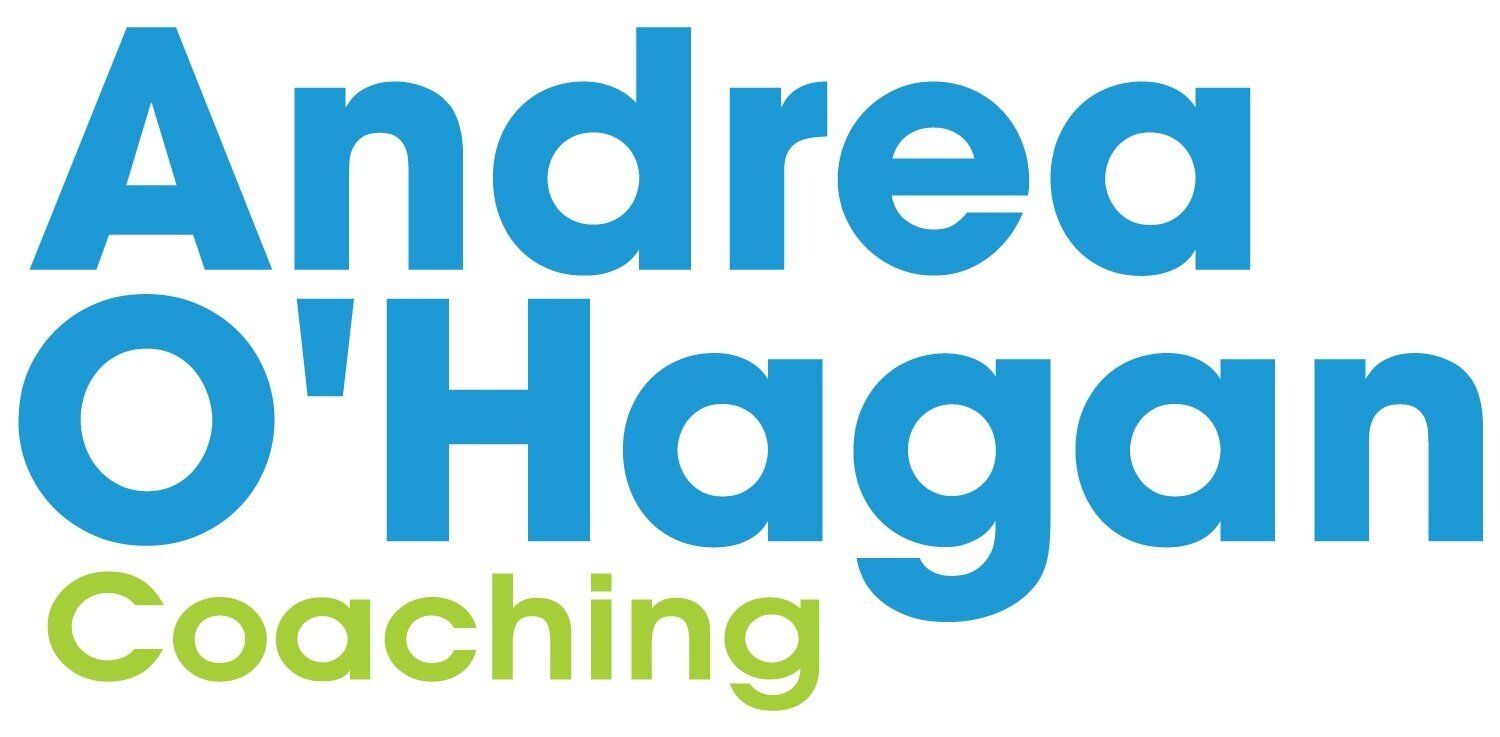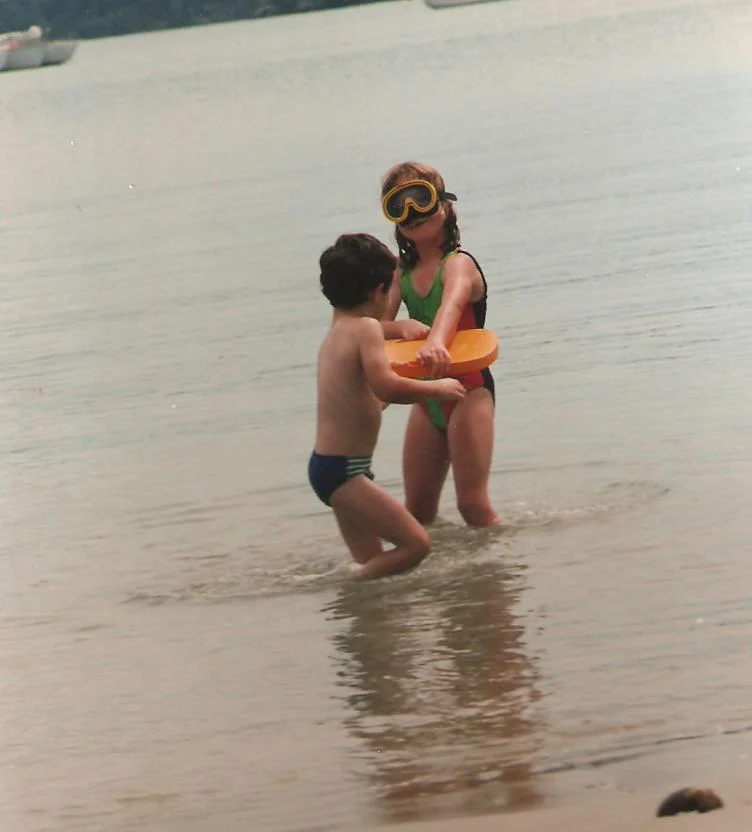Influencing children’s behaviour – changing attitudes around bullying
Have you ever noticed the behaviours of children in a playground or at the beach? When we are on the beach I love watching people, particularly children. I wonder- are these friends or siblings and how do they all get on together in this setting of sea, sand and open space.
When we put large groups of children together in places such as schools it is inevitable that conflicts will arise. That’s the nature of people interacting with others and discovering that other people think differently and have different values.
It isn’t the differences or the conflicts that are an issue. It’s the behaviours of children if they are struggling to deal with difference or are using differences as a reason to behave poorly towards others.
This may take manifest as petty squabbles or some kind of mini ‘feud’. Worse is when it becomes sustained bullying or victimisation of an individual or group.
Within a school setting taking time within the classroom to consider situations from within the shoes of protagonists may sow seeds of change.
One programme called 'Cooling Conflict’ was initiated in Australia by Professor John O’Toole, Associate Professor Bruce Burton and Dr. Anna Plunkett as an ‘approach to give students the tools to begin to change their lives and the culture of their school.’ (P.3 O’Toole, J., Burton, B. and Plunkett, A., (2005.
Using drama as a process to help students unravel the complexities of bullying including the emotions and cognitive decisions involved the Cooling Conflict programme also utilises the social networks of the students. Senior students learn about the three stages of bullying – latent, emerging and manifest. They investigate the possible responses to conflict.
Through drama, the students explore their perceptions and assumptions about motives and values that underpin actions.
This allows students to consider their own motives and values, whether they use bullying behaviour, victim behaviour or are in the role of a bystander.
The senior students become leaders of a change process from the top of the secondary school system to the junior primary years through drama and peer teaching. As the authors point out – who knows best about what it’s like to be young, at school and in conflict with another young person? And it’s well known that while in adolescence our children are going to be more influenced by their peers than by us adults.
The authors also talk about ‘dismantling assumptions’, something I would suggest we need to be doing more of as our country grows ever more multi-racial and deals with a growing number of people with different values and beliefs.
Since I was introduced to the book Cooling Conflict I wondered what it would take to introduce the programme into New Zealand schools?
I was fortunate to take a paper facilitated by Dr. Elizabeth Anderson of the University of Auckland. Elizabeth devised a process drama based on a journal story called 'Hey Punk' which I used with Yr 5-8 children then adapted to work with Year 3 – 5 children. Contact me for your free copy of the Yr 3-5 process drama lesson.
Reference:-
O’Toole, J., Burton, B., & Plunkett, A., (2005) Cooling Conflict- A new approach to managing bullying and conflict in schools. Pearson Education Australia).

